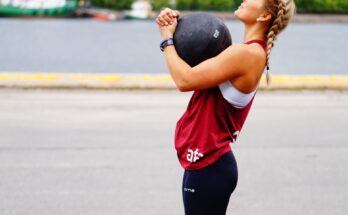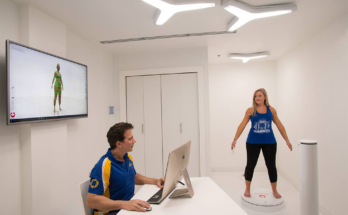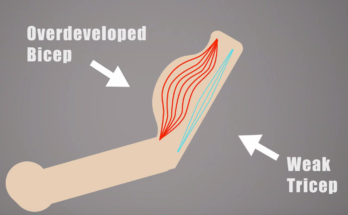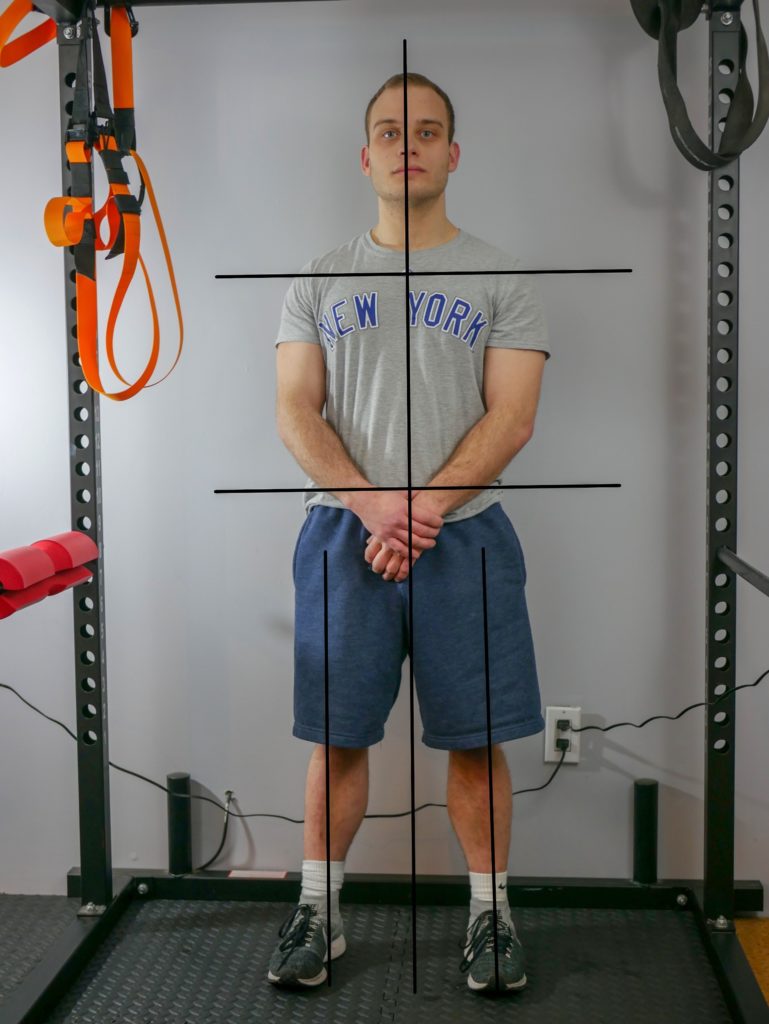
By understanding a few simple guidelines for human movement we can design a strategy to perform any exercise properly. Becoming familiar with basic landmarks on the human body and fundamental ways these body parts function can be simplified and easy to understand.
Common Cues
One of the most frequent questions that are asked of personal trainers is whether or not their client is performing their exercise correctly. Often cues are repeated and not understood. How many times have you heard someone to tell their client or lifting partner to “Keep your head up while you squat! Head up when you deadlift!”? Often you’ll hear the cue “keep your shoulders pinned against the bench!” during pressing movements. While not always incorrect per se, these cues should be understood before being utilized and we should understand the INTENTIONS behind them.
Kinetic Checkpoints
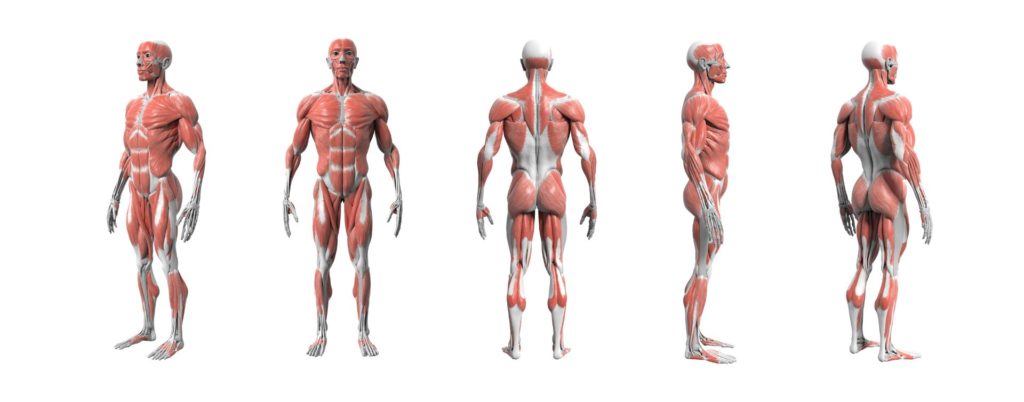
I’m not going to discredit anyone’s information or training styles, just provide context for its utilization. If I reference a physical therapist, trainer, or physio, I’m taking information that is generally (but not always) accepted and relevant. Not everyone is going to have all the correct information, but we shouldn’t discredit good advice and informed science simply because an individual or source isn’t correct 100% of the time. We should hold the most informed opinion we can base off of available information until new information is acquired! Sports medicine is a constantly evolving field and relatively new science. Information is constantly under revision.
One of the most useful concepts I’ve been exposed too was brought to my attention from the book Becoming a Supple Leopard, by Dr. Kelly Starrett. While some of his practices are debated in the community, his explanation of kinetic checkpoints was concise and easy to understand and became one of the most valuable applicable pieces of information I currently use. Your kinetic checkpoints are areas such as the knees, hips, and shoulders that we look at during movements and exercises to make sure they are behaving correctly. A few basic rules help us apply these checkpoints.

Front view of the kinetic checkpoints. Even shoulders, aligned hips and legs.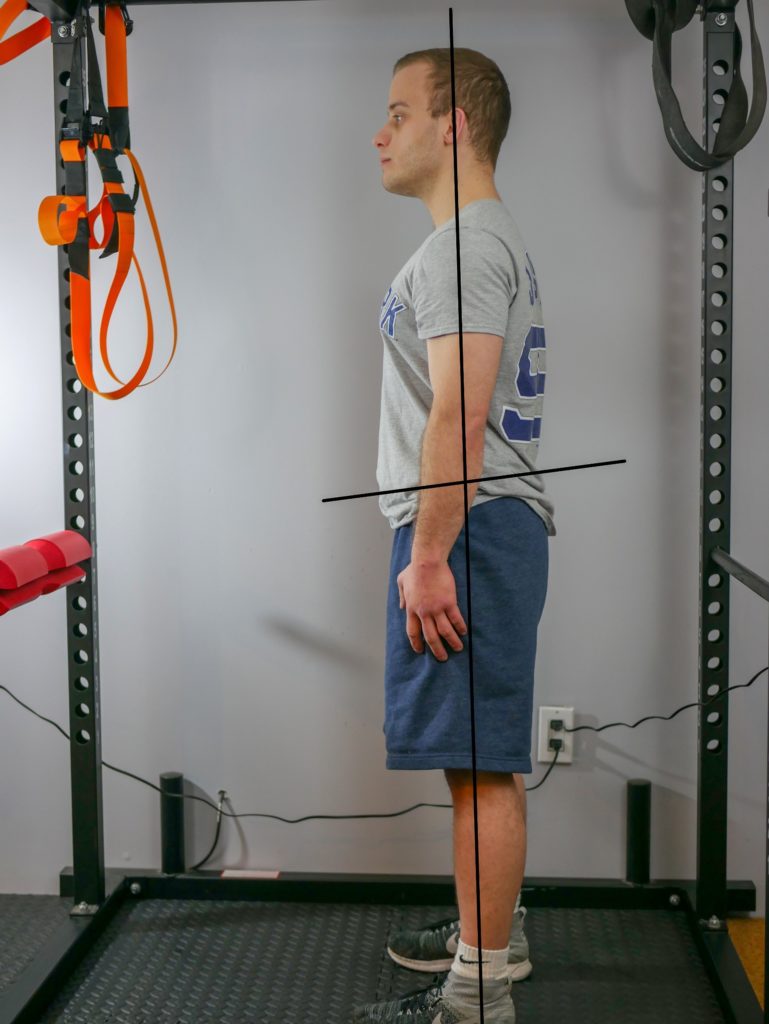
Lateral view of the kinetic checkpoints. Appropriate pelvic tilt, aligned head, torso, feet.
External Rotation + Flexion
As I discussed in previous posts, we learned the definition of flexion is when the angle of a joint closes in the sagittal plane. The easiest example to understand is at the elbow. Bring your wrist to your shoulder, this is elbow flexion. If you bring your wrist back down from your shoulder this is elbow extension. Your biceps perform elbow flexion and triceps perform elbow extension. Easy.
Let’s talk about shoulder flexion, this is when you raise your arm up in front of you. Your upper arm bone is your humerus, your shoulder socket is your glenohumeral joint. Joints are structured and designed to function optimally when the muscles surrounding them are balanced and working properly. When muscular imbalances begin to develop and certain muscles become overactive, others become weakened. These muscles pull on the joint in strange ways and the joint might not behave well. Tendons, blood vessels, and nerves run alongside and through your joints, so if they aren’t functioning properly things can get crushed or pushed around and this can lead to issues like nerve impingement. This can cause tingling, shooting pain, loss of function or strength, among other symptoms.
When we perform exercises we want to maintain proper posture and proper alignment of the joints. This protects the nerves and soft tissues around the joint. Performing exercises properly can assure the muscles we are trying to exercise are being targeted instead of other muscles that might be overactive which we use to compensate with.

This brings us to the main point. Whenever we bring a joint through flexion, most of the time we want to couple this movement with external rotation. In the shoulder flexion example, when we are raising our arm up in front of our bodies we want to slowly rotate it outwards as well.
Let’s look at another joint. The hip. Your upper leg bone is your femur, your hip socket is your acetabulum. Your hip functions are very similar to your shoulder. Bring your knee up towards your chest, this is hip flexion. Bring your leg back down and behind you, like you are taking a step back, this is hip extension.
When we apply the rule external rotation + flexion, we can understand that we want to rotate our femur as it enters flexion. As you bring your knee up to your chest we should also be moving it outwards from our body the higher we bring the knee, which externally rotates the femur through flexion.
As we perform exercises, shoulder flexion and hip flexion are incredibly common. Jumping, running, pushing, thrusters, and arm based movements all involve elements of shoulder flexion and hip flexion. We can apply this rule of external rotation + flexion to anything we do, even if it’s dynamic or unfamiliar to us!
Internal rotation + Extension
So considering there’s a rule for external rotation it makes sense we have a rule for the opposite function, extension. We used two examples above, hip flexion and shoulder flexion. Let’s use Hip extension and shoulder extension as our examples this time to remain consistent.
In order to protect our joints through extension we couple extension with internal rotation. At the shoulder, as we bring our arm back down to our sides and continue bringing it behind us we want to begin to rotate in as our arm comes behind us. This would turn the palm outward at the end of the range when our arm is behind us.
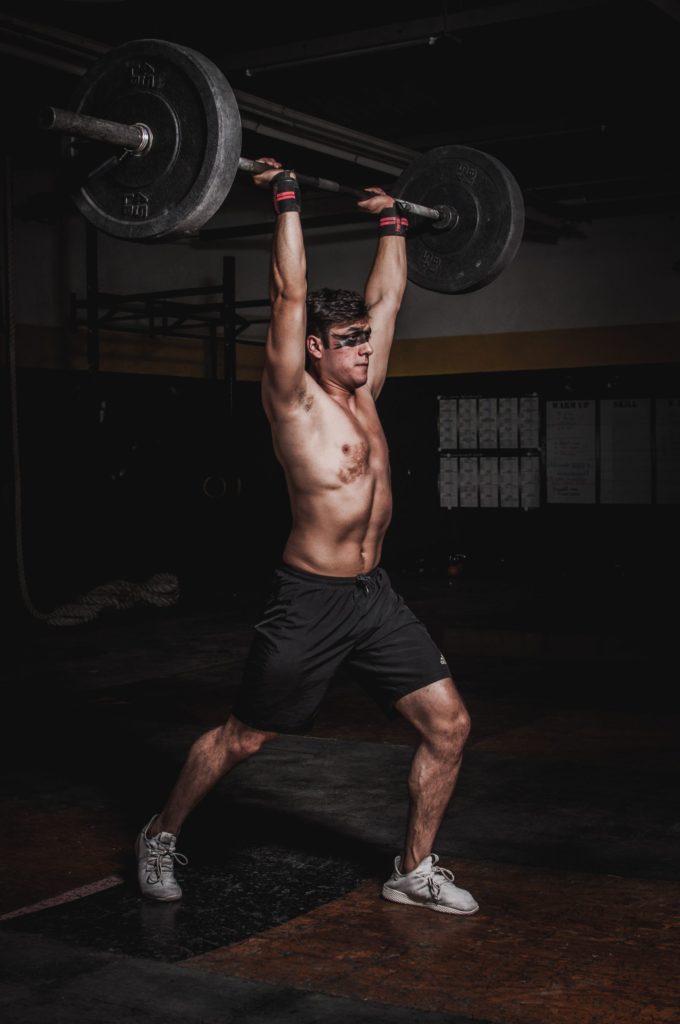
As the hip enters extension we want to internally rotate our leg. At the end range, our leg will be brought back behind us and our knee should be rotated inward towards our mid-line. Simple!
We apply these rules to every exercise, from lunges, squats, box jumps, split squats, almost all leg based exercises involve hip flexion and hip extension. Proper alignment and joint function can be maintained by following these rules! Our reward is the longevity of our joints, proper muscle development, and injury prevention!
Cues Revisited
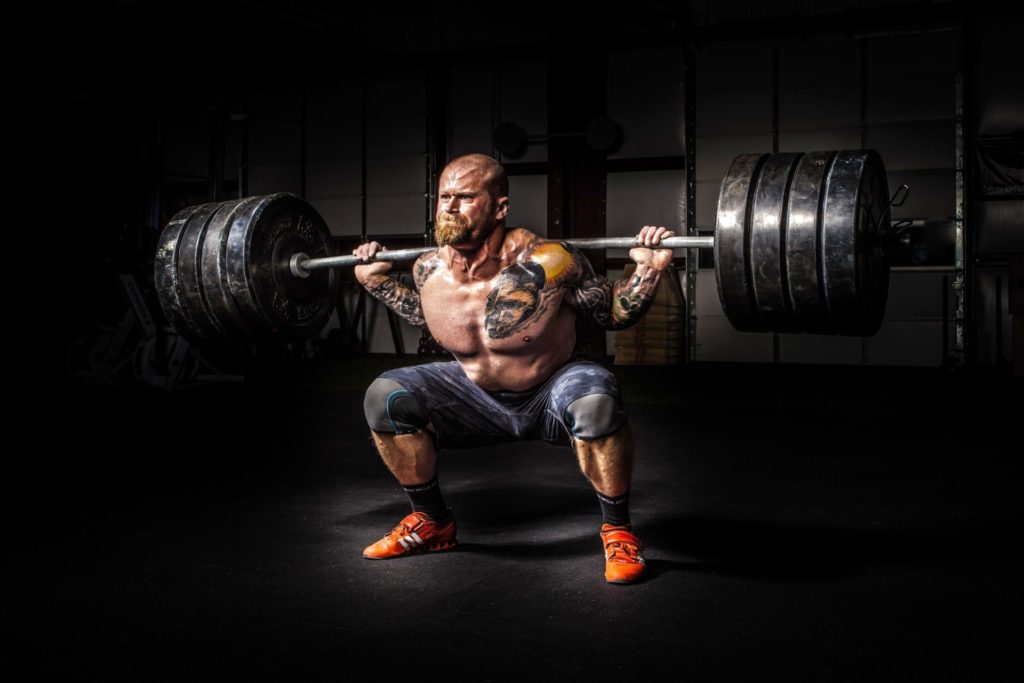
Let’s swing back to cues. Now that we can determine how our joints should be moving through an exercise we can better approach analyzing cues and whether or not they are valid for a particular person. “Shove the knees out” is a common squat cue. What would this do? Shoving your knees out forces external rotation as we get deeper in the squat preserving our flexion + external rotation rule! Often peoples knees will bow inward on the squat and this cue is designed to prevent that. Let’s look at the bench press. A common bench press cue is “Bend the Bar” which brings our elbows closer together as we press the bar away from our chest. This is because often people will compensate on the bench press by flailing their elbows outward. Although not as noticeable as “shove your knees out”, this cue actually helps your arm externally rotate as we enter shoulder extension as the bar moves away from us and prevents elbow flair! Pretty cool!
Most cues are developed to facilitate proper joint position and muscle function but may cause people to overcompensate. “Look up!” is a common squat/deadlift cue that is meant to pull athletes away from rounding the upper back. Optimally we want a neutral spine through most of these movements but “look up” causes excess neck extension and therefore is not optimal for several reasons. This is why it’s important to understand posture and joint mechanics to some basic degree so we can analyze these cues and understand what they are trying to accomplish, taking them with a grain of salt!

